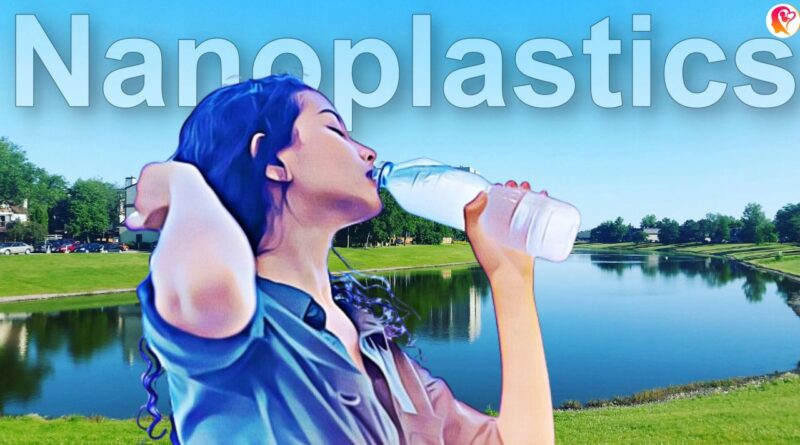Nanoplastics in Bottled Water Pose Dangerous Health Concerns : New Study in 2024
In an unprecedented study that has shocked the scientific community, researchers from Columbia University in the US have made a shocking revelation about the bottled water we consume every day.
The study, published in the prestigious journal Proceedings of the National Academy of Sciences, highlights the widespread presence of nanoplastics – the offspring of microplastics that have become even more decomposed.
Probe on Nanoplastic Presence
Microplastics are causing concern globally, infiltrating a variety of environments, from ancient polar ice to the air we breathe. However, recent studies have focused on the presence of nanoplastics, highlighting their presence in bottled water, a major concern for health of human being.
Exposed Using Raman Scattering Microscopy
For the first time, the Columbia University team used cutting-edge technology, known as Raman scattering microscopy, to count and identify these microscopic particles in bottled water.
The findings are nothing short of worrying – an average of 240,000 detectable pieces of plastic in just one litre, a revelation that dwarfs previous estimates by 10 to 100 times.
Risky to Unborn Baby as well
Unlike their larger counterparts, nanoplastics are so small that they can pass straight through our intestines and lungs, enter the bloodstream and reach vital organs like the heart and brain.

The ability of these particles to invade individual cells and even cross the placenta raises significant health concerns affecting unborn babies.
Thus pregnant women should avoid drinking bottled water and better keep off anything coming in plastic packages. This pioneer study has now opened up an unknown area of nanoplastic toxicity.
90 Percent Remains Secret
The study identified specific plastics prevalent in the bottled water tested – polyethylene terephthalate (PET), polyamide, polystyrene, polyvinyl chloride and polymethyl methacrylate. However, these accounted for only 10 percent of the nanoparticles found.
The remaining 90 percent of the particles remain unidentified, posing complex challenges for researchers. There is need for cautious analysis, especially considering the common existence of natural organic matter, which complicates the particle composition within seemingly harmless water samples.
Conclusion
It is important to be aware of the potential health risks associated with drinking bottled water. The Columbia University study emphasizes the need for further research, stricter regulations and perhaps a re-evaluation of our credibility on bottled water.
The hidden world of nanoplastics has been unveiled, and it captures our attention, prompting us to reconsider our choices in the interest of our health and the environment.
We hope you found this article interesting. If you like the article, please share, subscribe and follow Garbhgyan.com .




